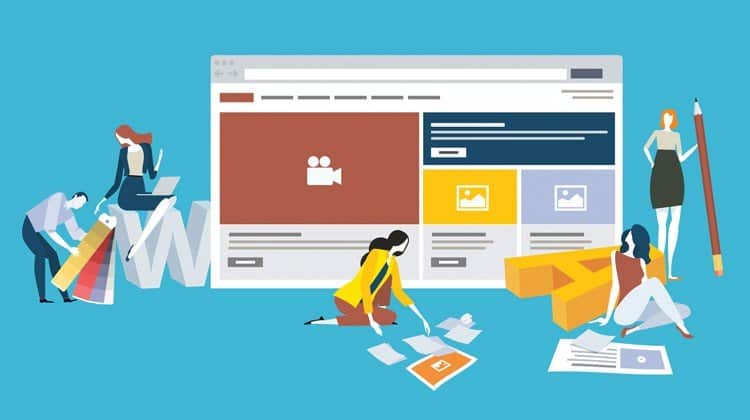It’s very important for a business to have a great website! If a business has a high-quality website, they’ll likely attract new customers and keep their current audience engaged with their content, brand, and services. Small businesses ask us all the time, how to better prepare themselves to do business online and how to get the amount of website conversions that they’re looking to achieve. Today we discuss the top three things that businesses should do for their website, what small businesses should do to maintain their website, tips on social media, and insights on what local businesses need to be doing online.
Small business are really tight on time and resources. These stats are pretty astounding in terms of what people aren’t doing online and what they need to tune into. Check out some of these facts.
Ninety-three percent of small business websites are not mobile ready. That’s from a very reputable research source. Sixty percent of small businesses don’t even have a phone number listed on their site. Three-quarters of them don’t have an email contact address. Forty-three percent of business listings are missing or have incorrect addresses.
These are some basic things here, and I think if you want to do better online as a small business you have to understand how people are searching for you. Four out of five consumers use search engines to look up local information. This is addresses, hours, directions.
They also use local search on their smartphones, and the behavior is really shifting quite a bit here. People are now starting to do a research process before they purchase something. They might include time on their tablet, time on their smartphone, and time on their desktop. In fact, another study shows that the average consumer will utilize over two different sources from a different platform before they’ll zero in on a local business that they’re going to visit.
What’s critical for our local business customers to be doing?
There certainly is a lot of stuff. There’s the bare minimum, so let’s hit that first. There are always ways to grow from there.
The first one is to really start with your website. As you mentioned, your website is and still will be the hub of your online presence. It’s essentially your online storefront. You need to make sure that your website is a well kept, clean, and an inviting place for people to come and learn about your business.
A couple of things there. One is that you want to make sure that you test your website on these different mobile devices. Many websites are not ready for mobile. You should always look at your website both on a tablet, as well as at least an iPhone and Android device. Maybe you can leave some of the more obscure platforms out there, but check them out to make sure your website content is visible.
Make sure that your contact information is visible on your website. Usually, the best practice is to put it at the top of the page. Certainly make sure that you can find it on a mobile device as well as a desktop.
You also want to take care of your basic onsite SEO for your website. Instead of being less specific and forgetting to mention what cities and places you service, make sure that you go back over your website and identify the keywords that people might be using when looking for your business. Make sure those keywords exist on your website.
One of the other things that’s really important these days is testing the speed of your website. Google has actually shown this many times, that fractions of seconds, and certainly seconds, make a difference. People aren’t that patient, so if they sense that your website is taking too long to load they’re going to hit the back button and go to the next one.
Make sure all those things are in place. Once you have that, certainly make sure that you claim the local listings. That’s usually the low hanging fruit for many businesses. Go to Google. My Business is what they’re calling it now. Make sure that you’ve verified and claimed your listing there. We also recommend using services like Yext which gets you all of the other directories that are important other than Google My Business. Those are certainly important things to start with.
The last one is to look at social media, but be realistic about what you’re going to do with it. It’s more important to pick one social media platform and stick with it than going out and claiming all of your social media profiles, putting icons on your website, and then never actually doing anything with it.
Aside from those three, once you get all that in place, you need an ongoing strategy for keeping your website up to date and putting out fresh website content and relevant information for your audience. That’s how you’re going to get those conversions.
Contact us today for your free website and marketing review.
